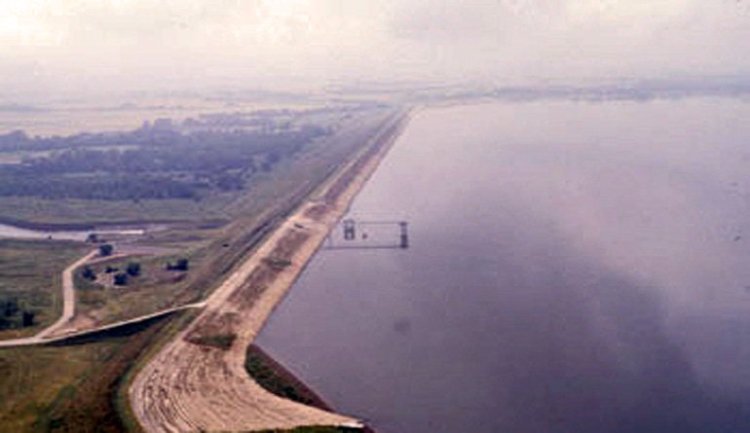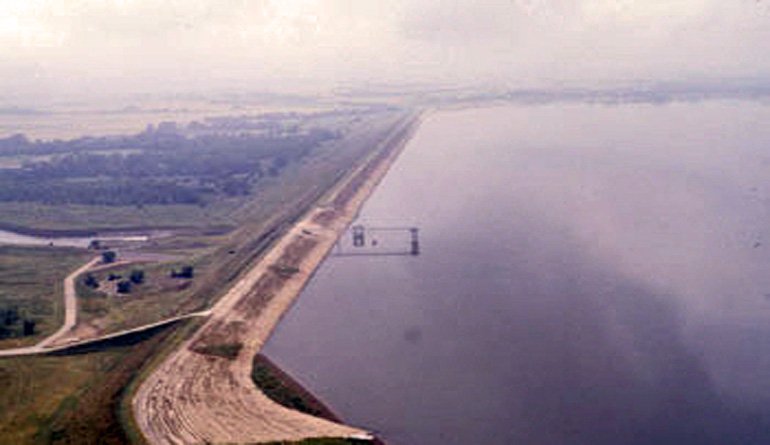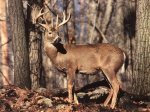
Cheney State Park is better known for its recreation activities and its proximity to Wichita than for its unique history. The reservoir was intended to provide flood control along the Ninnescah River and to provide a source of water for Wichita. The dam was constructed between 1962 and 1965 by the United States Bureau of Reclamation. The park now receives visits from about half a million people every year.
Directions
- From Wichita, take U.S. Highway 54/400 west to State Highway 251.
- Turn north on Highway 251 and drive for about 3 1/2 miles.
- Make a left at 21st Street.
- Continue about two miles to the park entrance.
- Turn right to enter the park.
Nature
Cheney State Park marks the intersection of the Wellington–McPherson Lowlands with the High Plains region, which accounts for the diversity of plant life. A mixed prairie covers much of the park, while trees line the wet areas around the streams and the edges of the lake. Prickly pear also dot the landscape.
The wildlife area is considered a great place to watch migrating waterfowl. Also keep your eyes open for the strange-looking wood duck. Beavers live in various parts of the park, but can be hard to observe.
Hunting
A good mix of game can be found in Cheney Wildlife Area, including waterfowl, dove, quail, pheasant, turkey, rabbit, and deer. Furbearers are also present. A refuge area has been marked off and is closed to all activities between September 15 and March 15.
A shooting range has been provided for extra practice at the north end of the wildlife area. The range is open on Fridays, Saturdays, and Sundays. Paper targets only.
Fishing
Cheney Reservoir is considered the top walleye lake in Kansas. Walleye are usually found along the dam in late March and early April. Also try your luck at the excellent white bass and channel catfish populations in the reservoir. Striped bass and wiper fishing is good here, and crappie can also be found in brushy areas in April and May.
A handicapped-accessible fishing jetty has been developed in the West Toadstool Loop Area on the southwest part of the lake.
Trails
- Giefer Creek Nature Trail: This loop in the Giefer Creek Area near the southwestern part of the lake is only 1/4 mile long and open to both hiking and biking. It may not sound like much of a walk, but the wildlife is surprisingly abundant. Interpretive markers are provided to help you identify what you see.
- Spring Creek Trail: This 3/4-mile linear route connects the Spring Creek and West Toadstool Loop areas. Both hiking and biking are allowed. Wetlands are the main attraction on this trail. Take an up-close look at a beaver pond.
- West Side Trail: A relatively new hiking/biking trail begins just west of the park office and meanders across the diverse habitats that Cheney State Park offers. This one is five miles long.
Other Opportunities
One of the main attractions at Cheney State Park is its sailing potential. Believe it or not, Cheney Reservoir is considered one of America’s best lakes for sailboats. Scheduled events showcase the impressive sailboats, but informal races are typically held every Wednesday evening.
Helpful Resources
Cheney State Park
Information to help you plan your trip. A brochure is also available for download.



